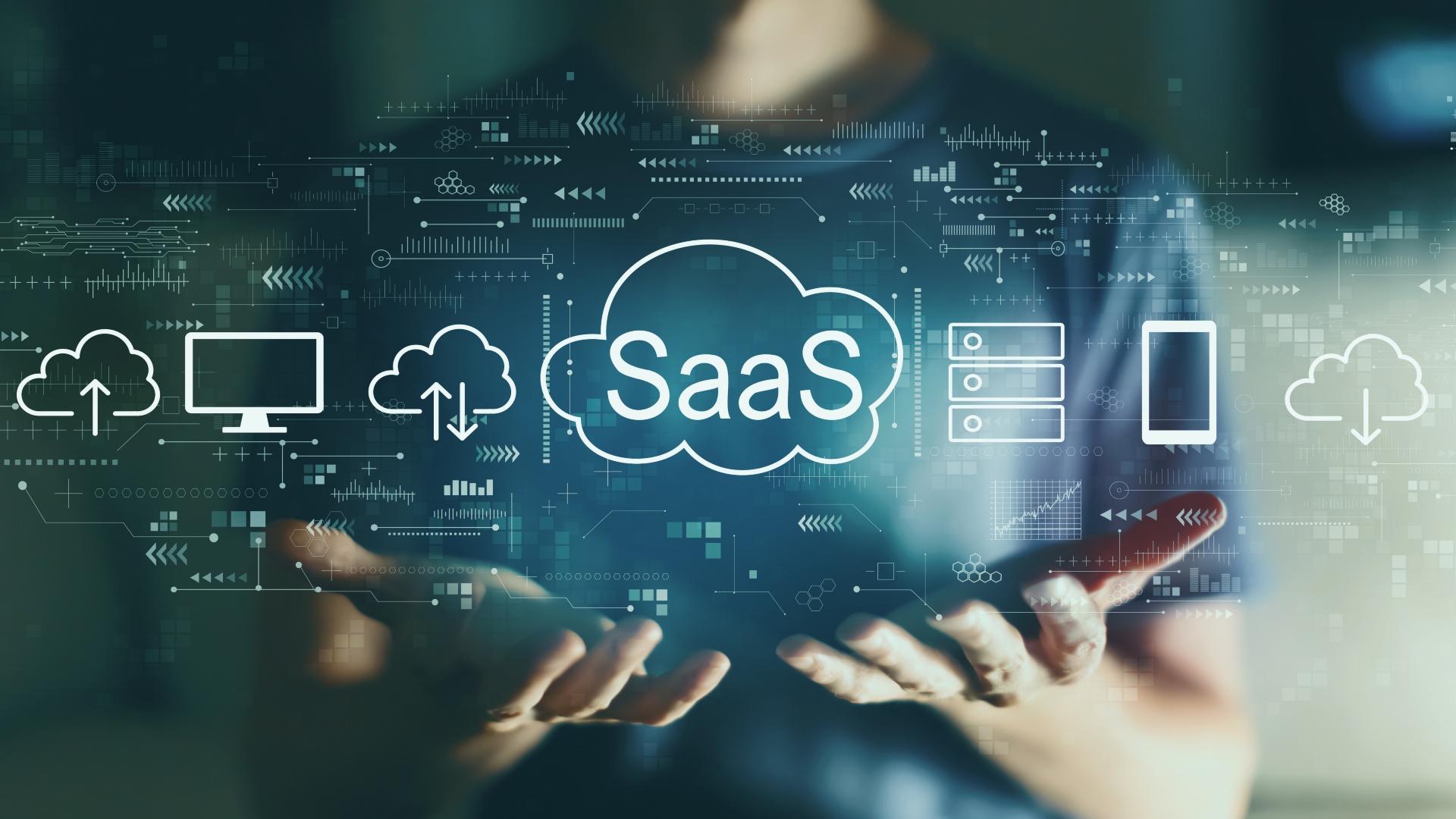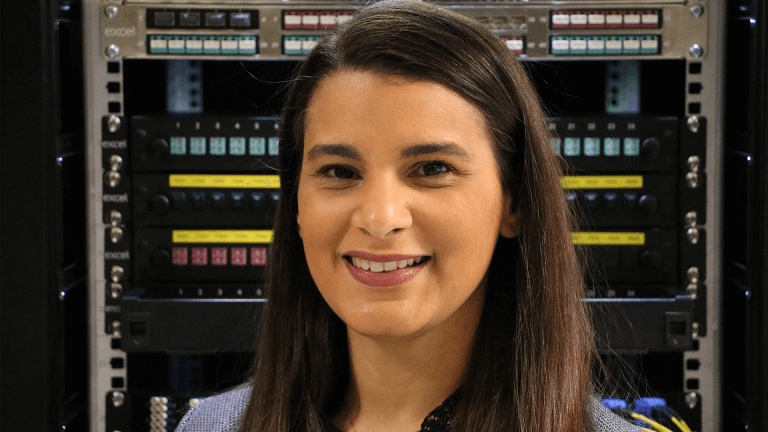Software as a Service (SaaS) companies stand out with their unique operational and financial models, they solve many problems globally as software has become more proficient, and more intertwined with everyday life. SaaS accounting, therefore, presents a distinct set of challenges and practices that differ from traditional business accounting. Understanding these nuances is crucial for accurate financial reporting and strategic planning in the SaaS industry. This article delves into the specificities of SaaS accounting, highlighting how it diverges from conventional accounting practices and the key areas SaaS companies need to focus on.
The Subscription Model: Accounting for Recurring Revenue
One of the core elements that set SaaS accounting apart is the subscription-based revenue model. Unlike traditional sales transactions, SaaS companies generate revenue through recurring subscriptions, which impacts how revenue is recognized and reported. According to accounting standards, such as ASC 606 in the U.S., revenue from subscriptions must be recognized over the period the service is provided, not when the payment is received.
This method of revenue recognition requires SaaS companies to track deferred revenue – payments received in advance for services yet to be delivered. The management of deferred revenue is critical in SaaS accounting, as it ensures that the company’s financial statements accurately reflect its financial health.
Understanding Capitalization of Development Costs
Another aspect where SaaS accounting differs is in the treatment of development costs. In traditional business models, development costs are often treated as immediate expenses. However, in SaaS companies, these costs can be capitalized and amortized over their useful life. This practice acknowledges that the development of a SaaS product is not just a one-time expense but an investment in a product that will generate revenue over several years.
| Accounting Element | SaaS Treatment | Traditional Business Treatment |
| Development Costs | Capitalize and amortize | Often expensed immediately |
| Revenue Recognition | Over service period | At the point of sale |
| Customer Acquisition Costs | Capitalize and amortize | Expensed as incurred |
This table highlights the key differences in accounting treatments between SaaS and traditional business models.
Customer Acquisition Costs and Their Long-Term Impact
SaaS businesses also face the unique challenge of accounting for customer acquisition costs (CAC). These are the costs incurred to acquire new customers, including marketing and sales expenses. In a SaaS model, where customer relationships are expected to generate revenue over an extended period, these costs can be capitalized and amortized over the period they are expected to benefit the company. This approach provides a more accurate representation of the company’s profitability and the long-term value of its customer base.
Managing Revenue Churn and Contractual Changes
For SaaS companies, managing revenue churn – the loss of subscription revenue due to customer cancellations or downgrades – is a critical aspect of financial planning. This requires a proactive approach in accounting to monitor and analyze churn rates, which can significantly impact future revenue streams and company valuation. Additionally, SaaS companies often deal with contractual changes, such as upgrades, downgrades, or renewals, which can complicate revenue recognition. These changes must be accurately tracked and reflected in financial statements, as they can affect the timing and amount of revenue recognized.
Effective management of these aspects requires robust accounting systems and practices capable of handling the dynamic nature of subscription-based relationships. Regular financial analysis and forecasting, taking into account the churn rates and potential contractual changes, are crucial for SaaS companies to maintain financial stability and support strategic decision-making.
Addressing the Complexities of International Operations
Many SaaS companies operate on a global scale, adding another layer of complexity to their accounting practices. International operations introduce factors such as currency fluctuations, varying tax regulations, and compliance with different accounting standards. For instance, a SaaS company based in the U.S. but serving customers worldwide must navigate the complexities of foreign exchange rates in revenue recognition and reporting.
Moreover, understanding and complying with the tax laws of each country where the company operates is vital to avoid legal and financial repercussions. This often requires specialized knowledge or the assistance of experts in international finance and tax law. For SaaS companies, the ability to effectively manage these international accounting challenges is key to successful global expansion and maintaining a strong financial position in the competitive SaaS market.
Conclusion: Adapting to the SaaS Financial Environment
In conclusion, SaaS accounting requires a distinct approach that aligns with the subscription-based business model and the long-term nature of customer relationships and product development. Understanding and correctly applying these accounting principles is vital for SaaS companies to accurately depict their financial position and make informed strategic decisions. As the SaaS market continues to grow and evolve, so too must the accounting practices that support it, ensuring financial clarity and compliance in this dynamic sector.























